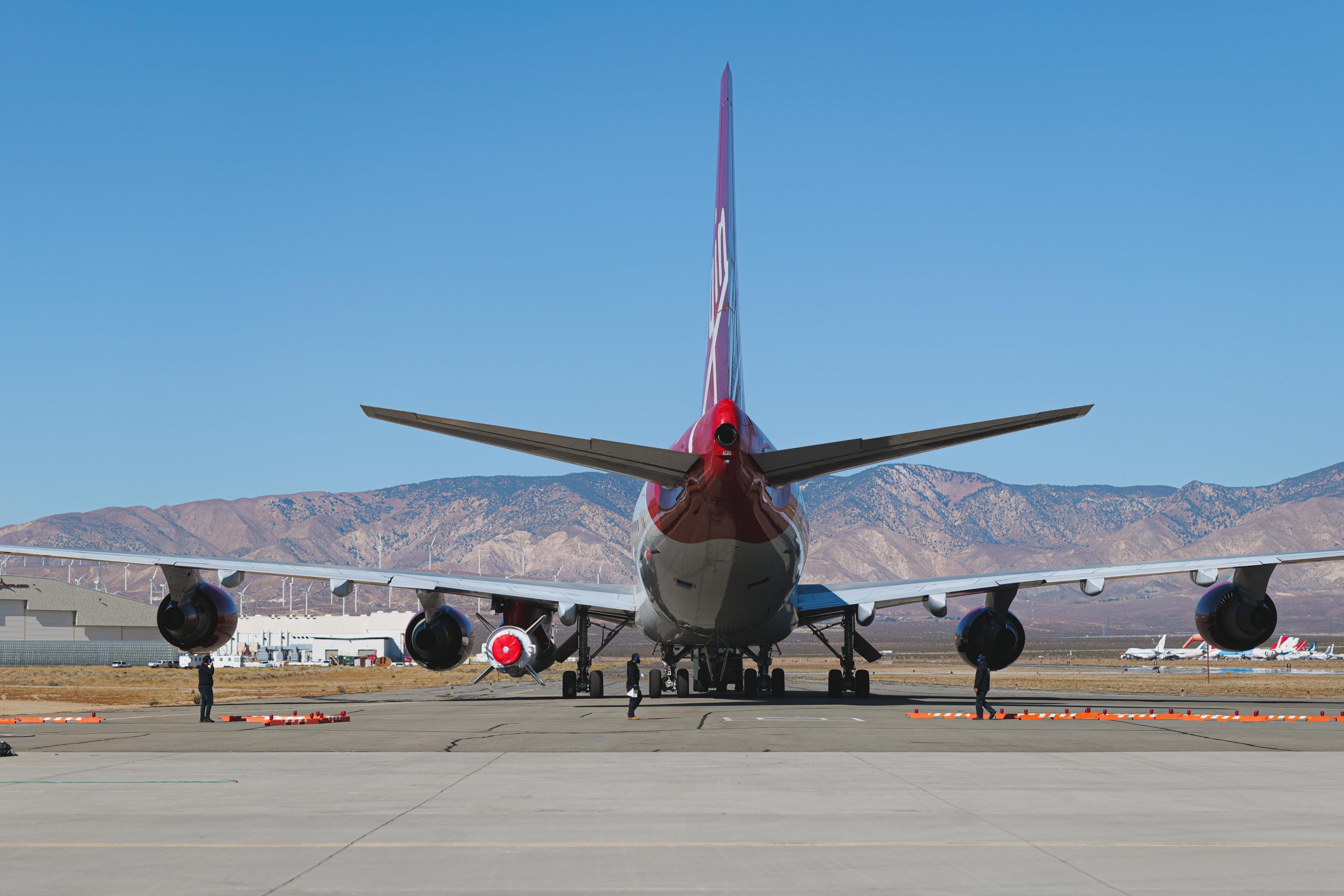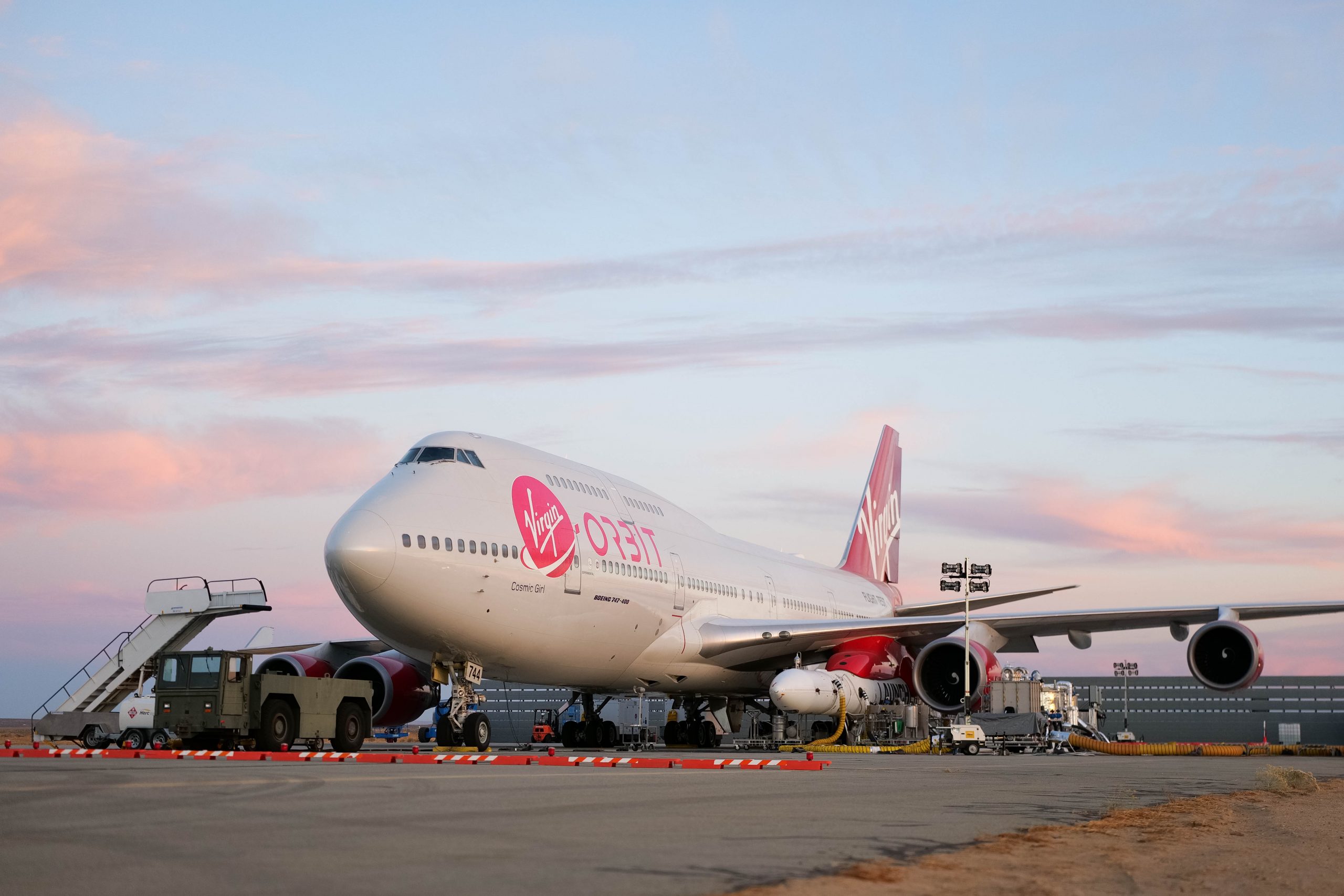
Marking the first payload carried by the LauncherOne rocket, Virgin Orbit’s 747-00 carrier, Cosmic Girl, took off from the Mojave Air and Space Port in California at 1:38 p.m. ET today. The LauncherOne rocket, attached to the underside of Cosmic Girl’s left wing, is the carrying CubeSats for the encapsulated Educational Launch of Nanosatellites (ELaNa) 20 mission.
Once the aircraft reaches a specified altitude, the rocket will be released from the wing for a controlled drop over the Pacific Ocean. After dropping, LauncherOne’s NewtonThree first-stage engine will ignite, starting the launch sequence that will send the nine satellite missions into low-Earth orbit.
This is the first time Virgin Orbit has launched NASA payloads. In 2020, Virgin Orbit completed their first launch demo, validating that LauncherOne could be successfully air-launched from the company’s “Cosmic Girl” carrier aircraft.
A low-cost platform for agency missions, CubeSats and other small satellites are beginning to play a larger role in exploration, technology demonstration, scientific research, and educational investigations at NASA. Previously only available through pre-existing launch opportunities, dedicated launch opportunities are now available for CubeSats and other small payloads through the contracts managed by NASA Kennedy Space Center’s Launch Services Program (LSP) in Florida.
Stay connected with the mission on social media, and let people know you’re following it on Twitter, Facebook, and Instagram by tagging these accounts:
Twitter: @NASA, @NASA_LSP, @Virgin_Orbit
Facebook: NASA, NASA LSP, Virgin Orbit
Instagram: @NASA, @virgin.orbit

